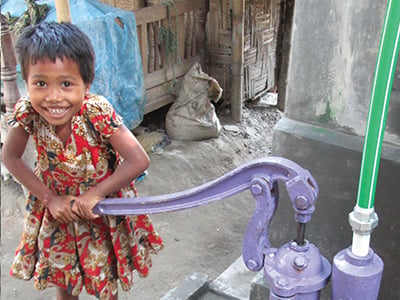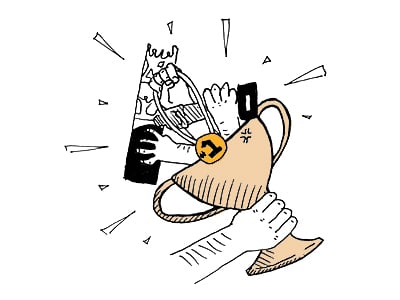
Big Issues
Big Issues are a series of articles that will continue to discuss and challenge myths, omissions and sloppy thinking that impact badly on the design, construction and maintenance of housing and consequently people’s health.
“… Those who received the Housing for Health intervention had a significantly reduced rate of hospital separations for infectious diseases – 40 % less than the hospital separation* rate for the rest of the Rural NSW Aboriginal population without the Housing for Health interventions.”
‘Closing the gap: 10 Years of Housing for Health in NSW, An evaluation of a healthy housing intervention 1998-2009’
“That the FHBH [Housing for Health] Project delivery method be acknowledged and endorsed as a successful means of program delivery, particularly with regard to good resource planning and achieving practical outcomes in relation to ‘on-the-spot’ fixing of health hardware deficiencies. It is a conceptually straightforward methodology which accords with best practice asset management principles, and which can be successfully applied by FHBH [Housing for Health] Project managers and participating communities. It has been shown to be appropriate and adaptable to its circumstances and to provide an objective ‘evidence-based’ means of assessing the status of Indigenous housing.”
The report also recommended the methodology be endorsed as an effective means for improving Indigenous housing outcomes at Australian Government level.
‘An independent review of the national program 2002-2005’

Big Issues are a series of articles that will continue to discuss and challenge myths, omissions and sloppy thinking that impact badly on the design, construction and maintenance of housing and consequently people’s health.

Awards, prizes, wins, one-ups, gongs – whatever you want to call them! Healthabitat has won international recognition for their approach to health and housing.